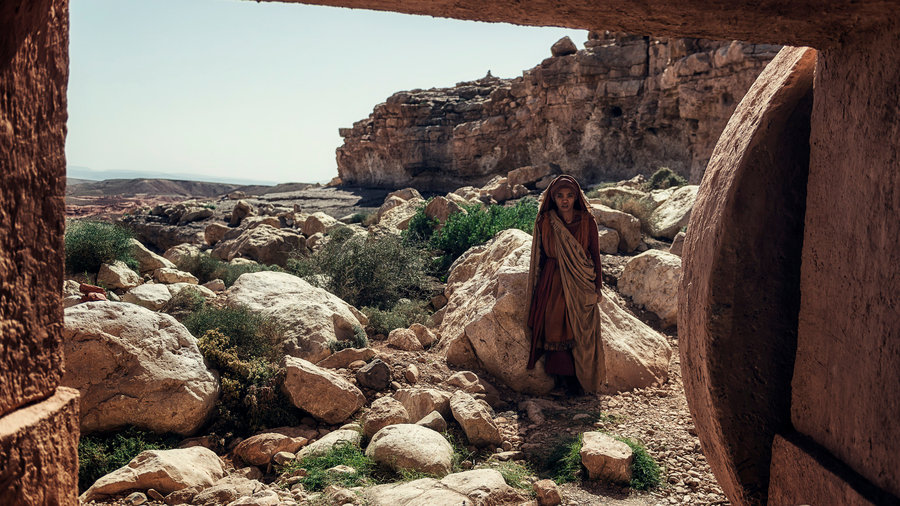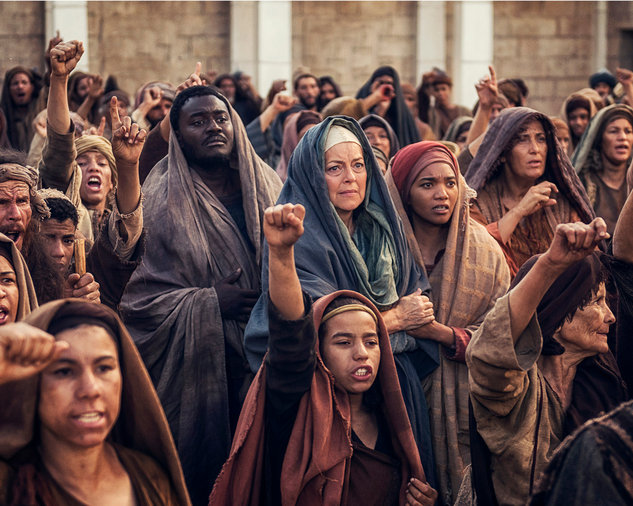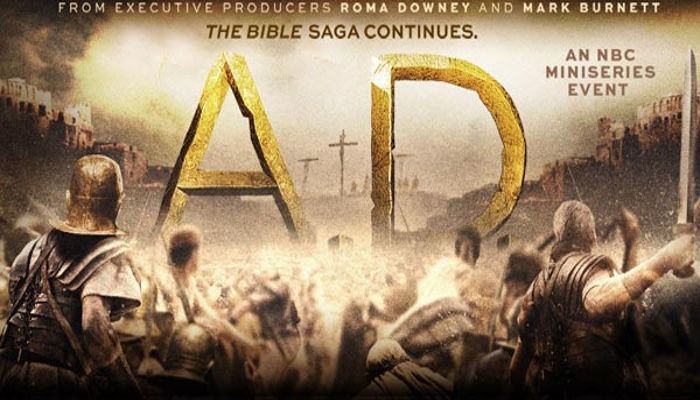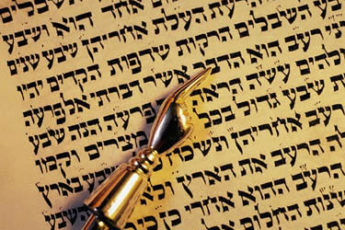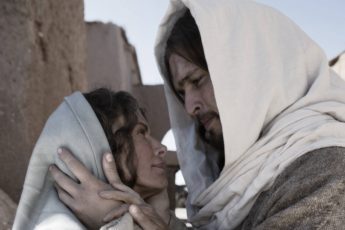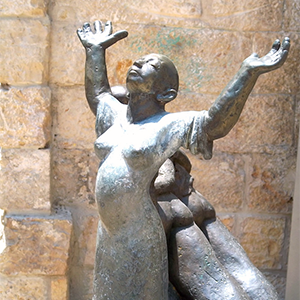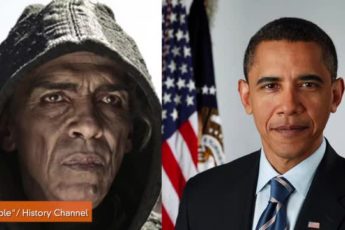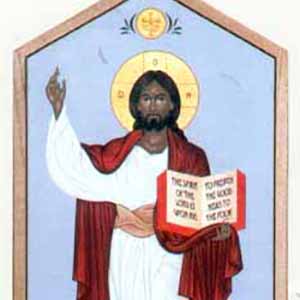ReWriting, ReMembering the Resurrection
According to Mark: After the sabbath Mary Magdalene, Mary the mother of James and Salome bought spices to the tomb to anoint Jesus’ body. They also saw a young man dressed in a white robe. The stone had already been rolled away. According to Matthew: After the sabbath at first light, Mary Magdalene and the other Mary went to the...... Read More
Resurrected: The Bible Continues
Premiering on Easter Sunday, AD the Bible Continues needs must go through the cross and the empty tomb (again). ;The Resurrection is at the heart of the Christian faith. It is borne witness to in the theological discourses of the earliest Christian writing, the Epistles, followed by narrative accounts in the four Gospels that were eventually...... Read More
AD the Bible (Redux)
After the epic whitewash that was the History Channel’s The Bible Series Produced by Roma Downey and Mark Burnett, I had no intention of watching their latest installation, AD the Bible Continues, focusing on the book of Acts (of the Apostles). In the publicity build-up to the premier, the producers emphasized the casting of a number of...... Read More
Rewriting the Bible, Me & the History Channel
I am a womanist, feminist, post-colonial, transgressive, progressive biblical scholar. I am liberal about the love of God and conservative about translation issues (like lexical fidelity). And I have been accused of rewriting the bible on more than one occasion, see Rewriting the Bible: the Gospel According to Liberals where I’m in good company. That is something...... Read More
Whitewashing Jesus’ Judaism
We begin with the simple historical fact that Jesus was a Jew… It is impossible for Jesus to be understood outside of the sense of community which Israel held with God… The Christian Church has tended to overlook its Judaic origins, but the fact is that Jesus of Nazareth was a Jew of Palestine when...... Read More
Erased By the History Channel
One thing for sure, the History Channel’s mini-series has people watching, talking and blogging. But are people reading the bible? Some are I think. I hope that this series leads to deeper and richer conversations with and about the text than are possible in any multi-media production. I’d like to see folk read the narratives...... Read More
History Channel’s Satan and President Obama
Many viewers of the History Channel’s Bible mini-series saw and see a resemblance between the character of Satan and President Barack Obama. Comparison photos such as the one above are circulating on Facebook, Twitter and other social media platforms. The History Channel denies any resemblance and any attempt to pattern the character after the President....... Read More
Jesus’ Bible and the History Channel’s Bible
The third episode of the History Channel’s ratings-shattering series, The Bible, moves from the Israelite scriptures of Judaism and Christianity to the New Testament added by Christians to the canon we share with Judaism. I have previously responded to some of the issues of the series here and here and here. Today I’d like to reflect...... Read More
icanhasgozpel, race, gender & me
Pastor Chris Tiedeman discusses the History Channel’s much ballyhooed miniseries on the Bible, its constructions of race and gender and my take on it.... Read More
Response to Bible Series Sermons
[Update: Their final response to which I will not respond further.] I have been responding to the History Channel's The Bible mini-series. Much of that response has been in the form of critique here and on twitter. One series of tweets and my most recent blog post generated a response from Rodney Sampson, Executive Producer of...... Read More

